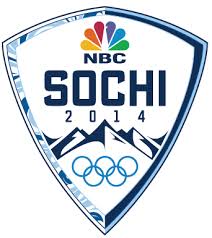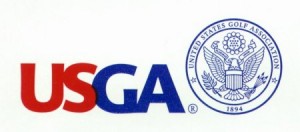NBC made a great deal of noise prior to the current Winter Olympics in Sochi talking about how easy it was going to be to watch events live via digital platforms as long as you subscribed to one of its broadcast partners cable or satellite package.
Then after the events started to occur a news blackout apparently went into effect, the network touted its broadcast viewership numbers, which initially were very impressive, but completely ignored the digital data.
I have yet to see a detailed breakdown but they are now providing some numbers that show that the effort to provide different types of viewer access to the Olympics, no real surprise.
So far there has been a total of 5.7 million hours of video viewed across all of the supported digital platforms. Of that total 80 percent has been viewers watching events live. The remaining 20 percent were for fans watching exclusive highlights.
It is kind of surprising as to what, well with maybe one exception, were the top highlights viewed. No medal winners really. They are: 1. Russian speed skater Olga Graf’s wardrobe near-malfunction: 2.6 million views; 2. Russian Police Choir performs Daft Punk’s “Get Lucky” in Opening Ceremony: 1.7 million; 3. Luger Shiva Keshavan falls off sled, completes run: 1.5 million.
The Olympics started with record setting broadcast viewership and it is remaining strong for the most part, but has shown signs of weakening, possibly because of all of the news about warm weather and melting snow. However solid events like last weekend’s USA vs. Russia hockey matchup continue to be record setters.
Of course NBC has other concerns at the game as well. Talk has started as to who will replace Bob Costas as host in the future. As you probably know Costas missed some time behind the mike due to a very bad case of red eye. I may be in the minority here but I really do not care too much who is manning the booth for highlights and human interest stories — I just want to see competition.








